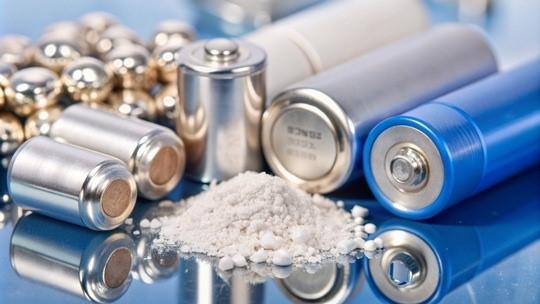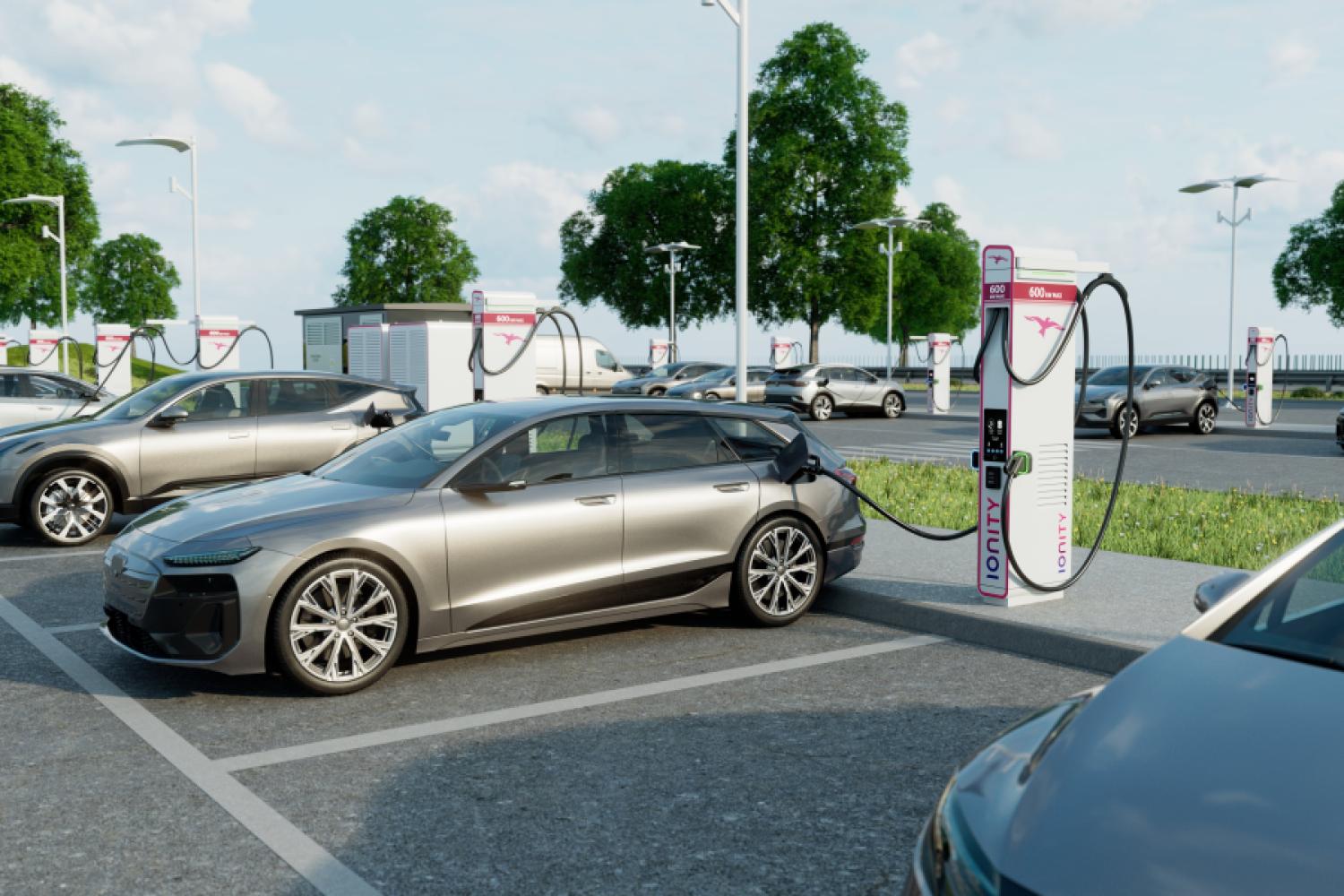In a recent study, researchers from Fraunhofer FFB and the University of Münster analyzed the ownership and geopolitical dependencies along the battery supply chain. The result: The production of batteries for electric cars requires a complex and globally networked supply chain. In this process, China dominates almost the entire value chain of lithium-ion batteries—from raw material extraction to battery manufacturing. The People's Republic controls not only domestic production facilities but also those abroad—for all raw materials and further processes. No other region worldwide has comparable control along the entire battery supply chain. Lithium, cobalt, nickel, and manganese are indispensable for the production of battery cells.
In large battery packs, such as those installed in a "Tesla Model S Plaid," there are approximately 122 kilograms of so-called mineral raw materials. Geographically, only a few countries have the resources needed in large quantities for the expansion of electromobility. Among them are China, Australia, and the Democratic Republic of Congo.
"Mineral raw materials are at the very beginning of the supply chain for battery cell production, and Europe is almost 100 percent dependent on imports," describes Professor Simon Lux, director of the Fraunhofer FFB, the challenge.
China's Global Dominance in the Battery Supply Chain
The study by Münster researchers outlines the ownership behind mines, refineries, and production facilities along the entire battery supply chain. The results demonstrate China's dominance: The country controls nearly the entire value chain of lithium-ion batteries—from raw material extraction to battery manufacturing—and manages both national and international production capacities. The only exception is manganese. The fact that China produces over 98 percent of lithium iron phosphate active materials means a direct dependency for Europe on this cost-effective battery chemistry.
"China's growing dominance in raw materials endangers the future of European electromobility," warns Lux. "This dependency makes Europe vulnerable. Geopolitical tensions or export stoppages could lead to massive economic damage and losses amounting to billions," warns Lux.
Raw Material Security in Europe and the USA: Between Catching Up and Dependency
Like China, Europe and the USA are intensifying their efforts to gain greater control over the lithium-ion battery supply chain by acquiring mines and refineries. While the USA ranks second worldwide in ownership shares of lithium mining, and Europe's shares are comparatively low, the picture is reversed for nickel and cobalt. Company acquisitions are particularly affecting Australia, Indonesia, and the Democratic Republic of Congo—key regions for the extraction of lithium, nickel, and cobalt. For example, 74 percent of the world's lithium comes from Australia and Chile, yet Chinese (29 percent) and American companies (26 percent) hold the largest shares of production. Europe, on the other hand, does not have notable lithium shares abroad.
"These developments underscore the global competition for critical raw materials and the strategic realignment of value chains," says Lux.
Options to Reduce Dependency on China
Export restrictions in the event of geopolitical conflicts would have far-reaching impacts on the stability of the global battery supply chain. Possible levers for a secure and sovereign battery supply chain in Europe, according to the authors, can be investments in expanding own refining capacities, the promotion of strategic raw material partnerships, and strengthening the local circular economy. The joint paper by researchers from Fraunhofer FFB and the University of Münster is based on a comprehensive data analysis. For this, the ownership structures along the global lithium-ion battery supply chain were analyzed and compared with the geographical distribution of production shares. The aim of the study is to paint a holistic picture of the current power structures in the industry.
For the four resources studied—lithium, nickel, cobalt, and manganese—a differentiated picture of global ownership and influence emerges:
- Lithium: 74 percent of the world's lithium comes from Australia and Chile. Nonetheless, companies like "Tianqi Lithium" from China and Albemarle from the USA hold the largest shares of global production, with China at 29 percent and the USA at 26 percent. Europe has almost no lithium shares abroad. Its own shares are negligible and limited so far to the "Baroso Lithium" project in Portugal, which accounts for only 0.4 percent of production.
- Nickel: Although 30 percent of global nickel production takes place in Indonesia, the share of Indonesian companies in extraction is less than five percent. Chinese companies, such as Tsingshan, secure 86 percent of the remaining production in Indonesia, giving China, combined with domestic production, the largest control (32 percent) over nickel production. The most influential regions after China are Europe, the Philippines, and Russia, which together control just over 40 percent of global production.
- Cobalt: Local companies control only five percent of the mines, even though 68 percent of global production takes place in the DR Congo. China (47 percent) and Europe (47 percent) dominate production there—with players like CMOC, Glencore, and Eurasian Resources Group (ERG). Aside from Chinese and European control, the Philippines, Russia, and Cuba are influential (twelve percent).
- Manganese: Australia is extending its influence by acquiring more than half of South African mining rights through companies "South 32" and "Jupiter Mines," bringing its total to 25 percent. South Africa ranks second with 20 percent, followed by Europe, which accounts for a total of 16 percent of global manganese production. These shares span mines in Australia, Gabon, and Ukraine, acquired by "Anglo American," Eramet, and the ERG.






